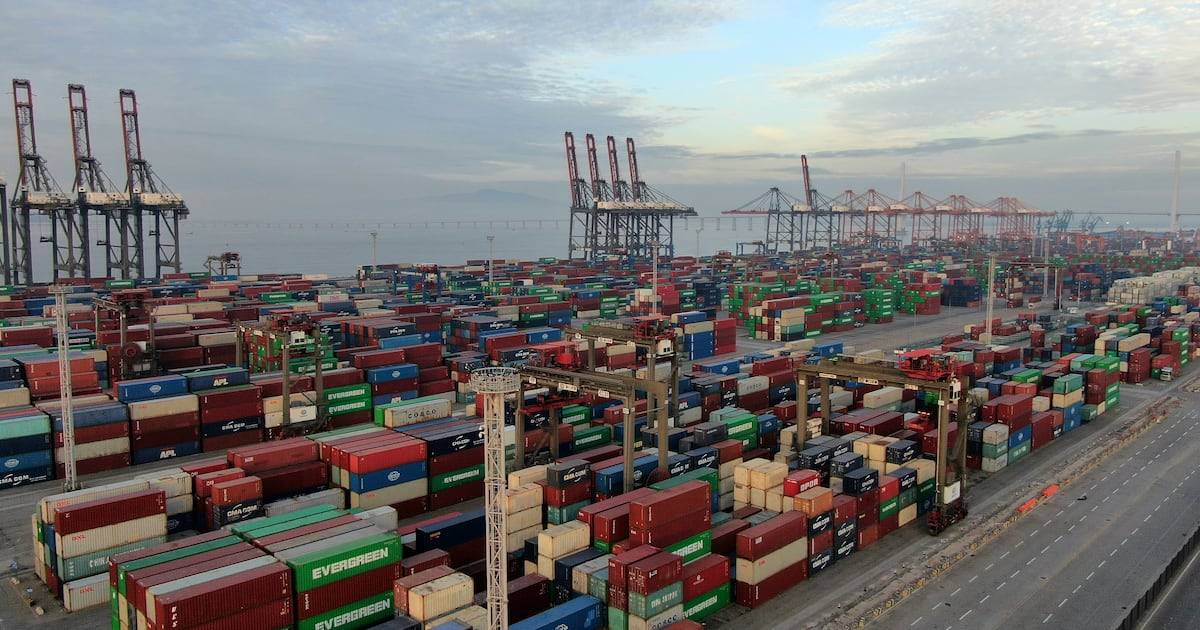The global grain and oilseed markets are facing a tumultuous outlook, influenced by potential US tariffs, geopolitical tensions, and volatile energy costs. Rabobank and CRM Agri offer insights into the challenges ahead for farmers, exporters, and policymakers.
Anticipated tariff disputes under the incoming Trump administration are expected to target imports from key trading partners such as China, Mexico, and Canada. Carlos Mera, head of agri commodity markets research at Rabobank, warns that these measures risk compressing margins for farmers, particularly those producing major grains and oilseeds that have already experienced price declines in 2024.
In 2023, the US imported US$195 billion worth of agricultural products, marking a 280% increase over two decades. Retaliatory actions, especially from China, could exacerbate the situation, with US soybean exports likely to bear the brunt. Soybean prices, down 25% over the past year, could face additional downward pressure. The uncertainty surrounding the market continues to be a concern for experts at CRM Agri, who believe that soybeans face the most uncertainty in 2025.
Proposed tariffs of 60% or more on imports from China could lead to significant retaliatory measures, jeopardizing the viability of US soybean exports to China, the world’s largest buyer. The biofuel industry, heavily reliant on soybean oil, could also be undermined by Trump’s focus on reducing energy costs by favoring fossil fuels. US crushers may need to seek new export opportunities for soybean oil amid challenging trade relations.
Corn prices may start 2025 on a firm note but could weaken later in the year. The volatile outlook is influenced by uncertainty surrounding Trump’s trade policies and weather variables. Additionally, a mild La Niña is expected by the end of the year, with potential impacts on Brazil’s soybean harvest and safrinha corn planting.
The broader economic implications of US tariffs are also a concern. Falling inflation and moderate growth characterize the global economic landscape in 2024. However, US tariffs could fragment global trade and financial flows, affecting the availability of US dollars worldwide and posing risks to developing nations with high dollar-debt exposure. Furthermore, a strong dollar typically depresses prices for dollar-denominated commodities.
Despite easing policy rates by the Federal Reserve and the European Central Bank, further cuts may be constrained by inflationary pressures. The combination of tariffs and tax cuts could potentially drive inflation higher, limiting the Fed’s ability to lower rates further in 2025.
In conclusion, the global grain and oilseed markets are facing a challenging future due to potential US tariffs, geopolitical tensions, and volatile energy costs. Farmers, exporters, and policymakers will need to navigate these uncertainties and adapt to the changing landscape in order to thrive in the coming years.




